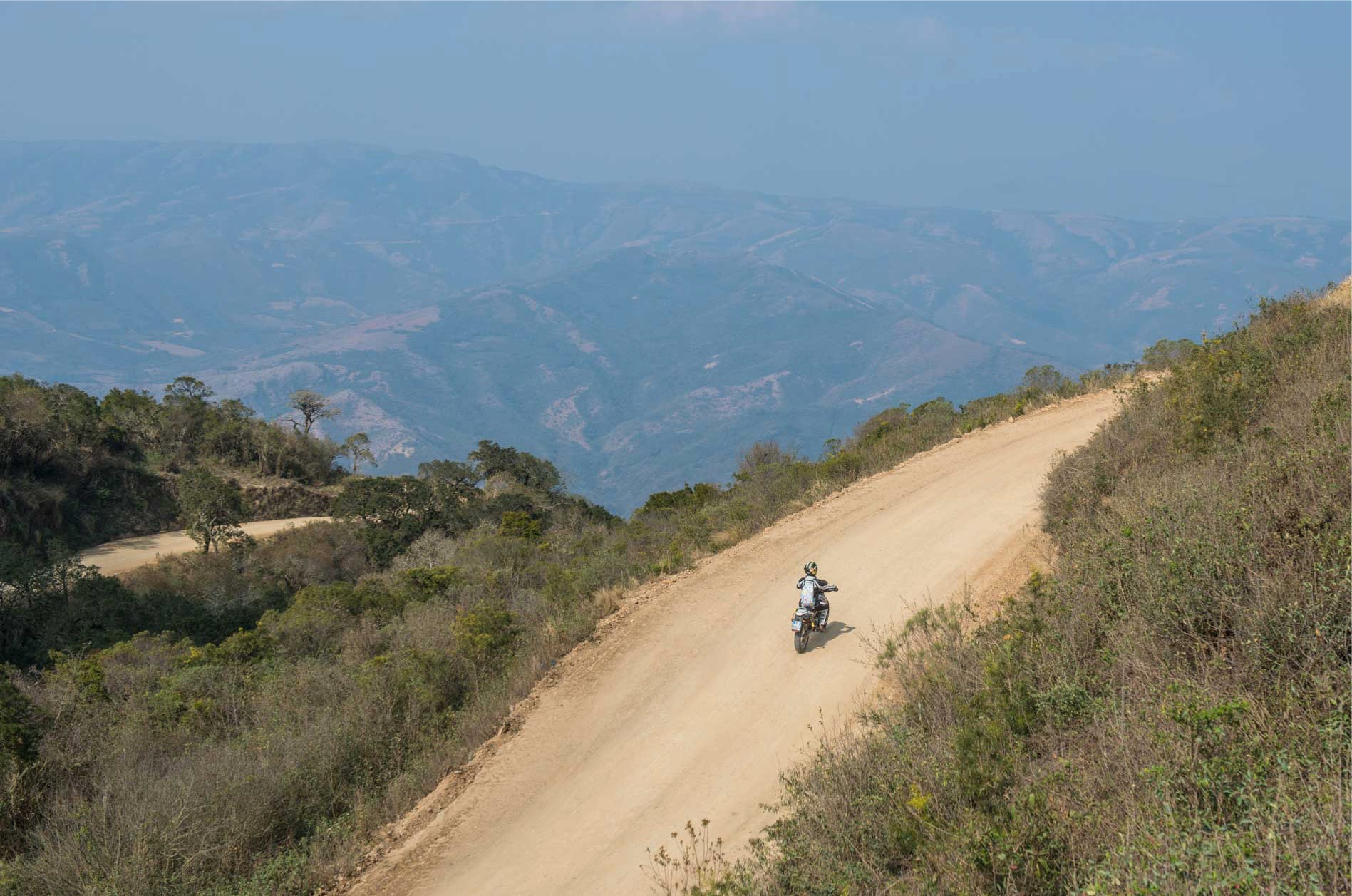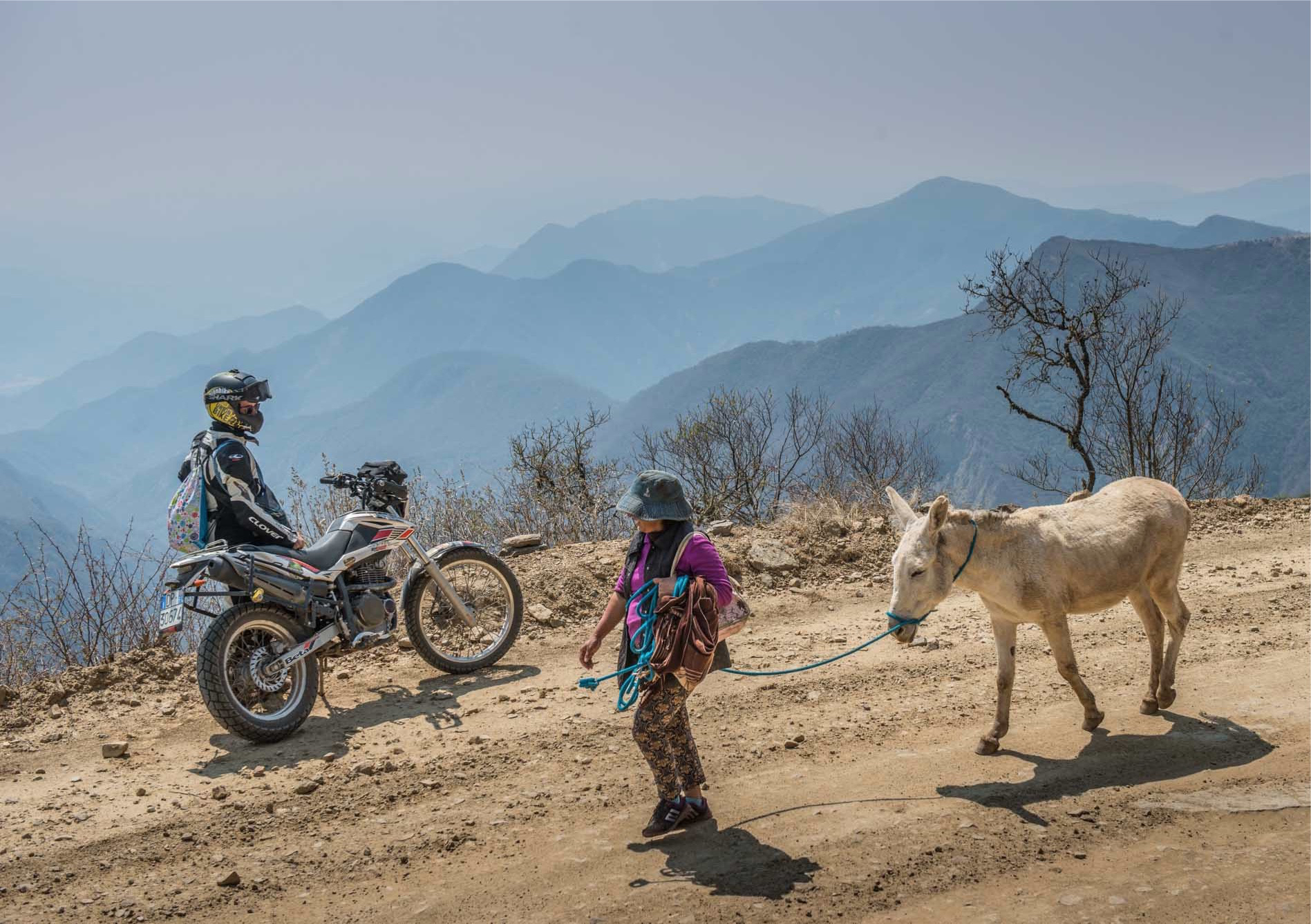Higuera is a small village lost in the Bolivian mountains, about 80 km from Vallegrande. This place probably would have remained forever in the shadows if it was not fifty years ago Ernesto Che Guevara’s killing scene.After several days of conflict with the Bolivian military, on October 8, 1967, Che was captured not far from La Higuera. Carried into the village along with two of his fellow fighters is confined to a small school consisting of only two classrooms. The next day, October 9, for the order of the head of the executive Boliviano Barrientos Che Guevara is killed with gunshots from Sergeant Teran.
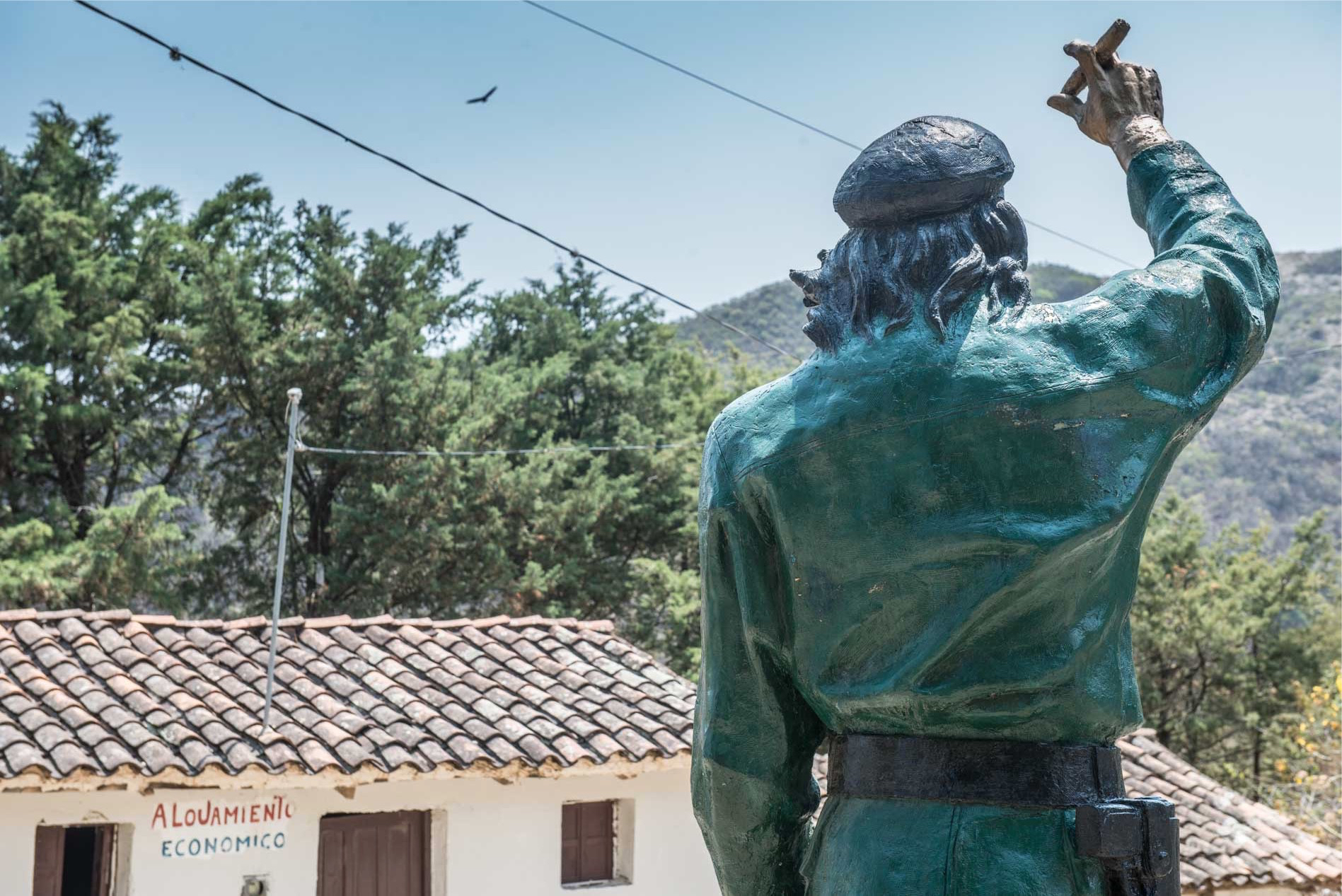
To reach the village covered by these events you need to go along a beautiful dirt road that climbs gently on the mountains, the track is well-marked, because this is part of the Ruta del Che, a tourist route created by the Bolivian tourism institution in order to promoting the territory in memory of the Argentine revolutionary.

We decide to reach the Higuera with the motorcycle, leaving our four-wheeled house safely parked at Vallegrande along with other trucks. The white road, which had been announced as difficult and full of pitfalls, in reality is nothing but a beautiful and pleasant dirt track. However, we travel slowly, taking all the necessary time to admire the beautiful mountain views we cross. We are scattered among the mountains, so we understand the reasons that led Che Guevara to come to this place in order to establish his base of revolutionaries.
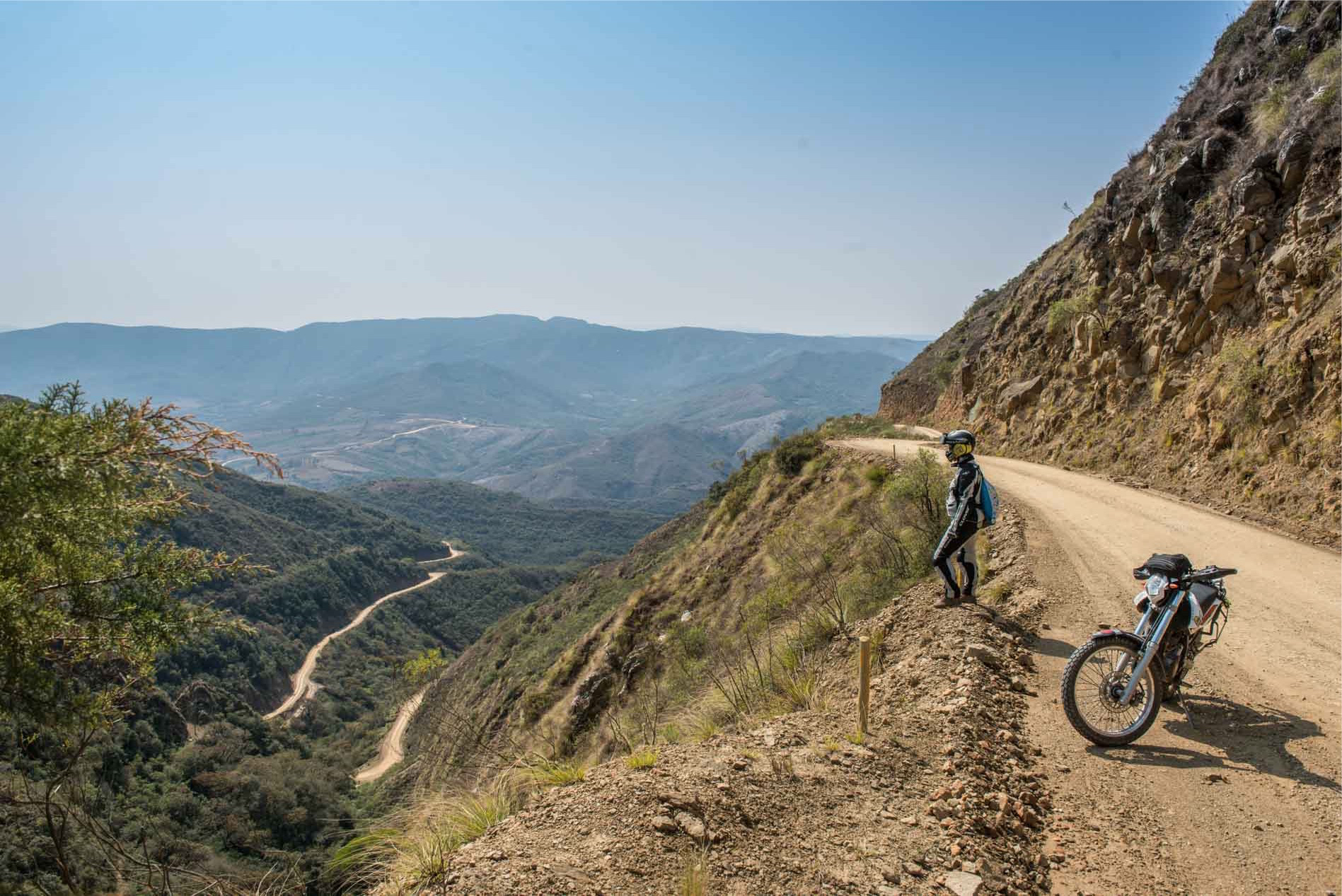
A few kilometers from La Higuera we meet the village of Pucarà, where we try to ask if it is possible to fuel our motorcycle. We find 5 liters of gas in a grocery store, so we do not get away with the opportunity to buy it to avoid being dry on the mountains.
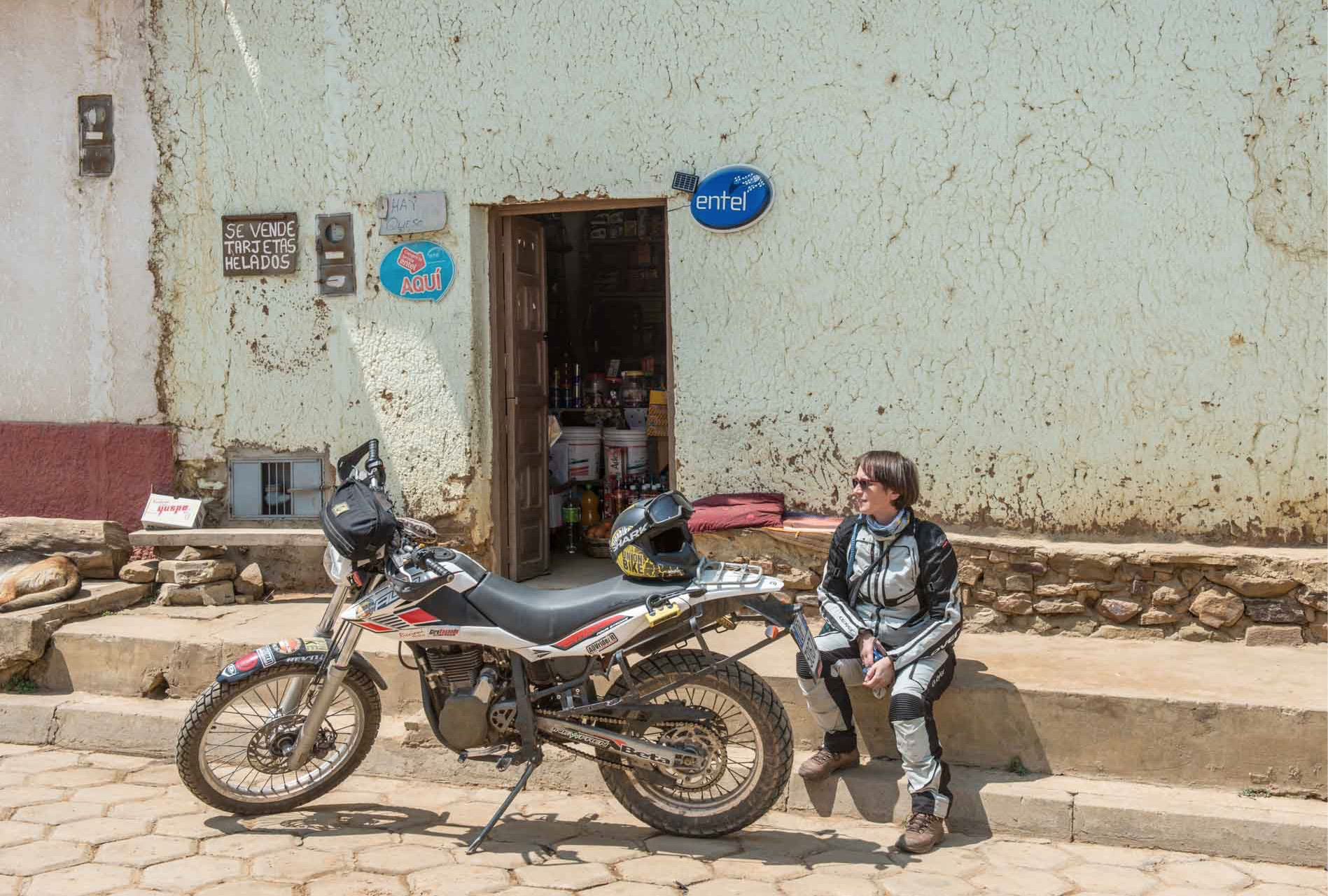
We arrive at La Higuera and see how important the figure is in this place. In a village of no more than a dozen houses everything seems to revolve around the memory of the Argentine revolutionary.
The village is not very busy, fortunately there are no souvenir shops or street vendors with Chemin Santos to be sold to tourists. In fact, only at the entrance of the village, far enough from the most important places of the affair, there is a house where you can buy shirts. We are in front of the monument depicting the bust of Che Guevara, a statue that has been destroyed by the military until in 2006 Evo Morales was not the first president of Bolivia to visit La Higuera.
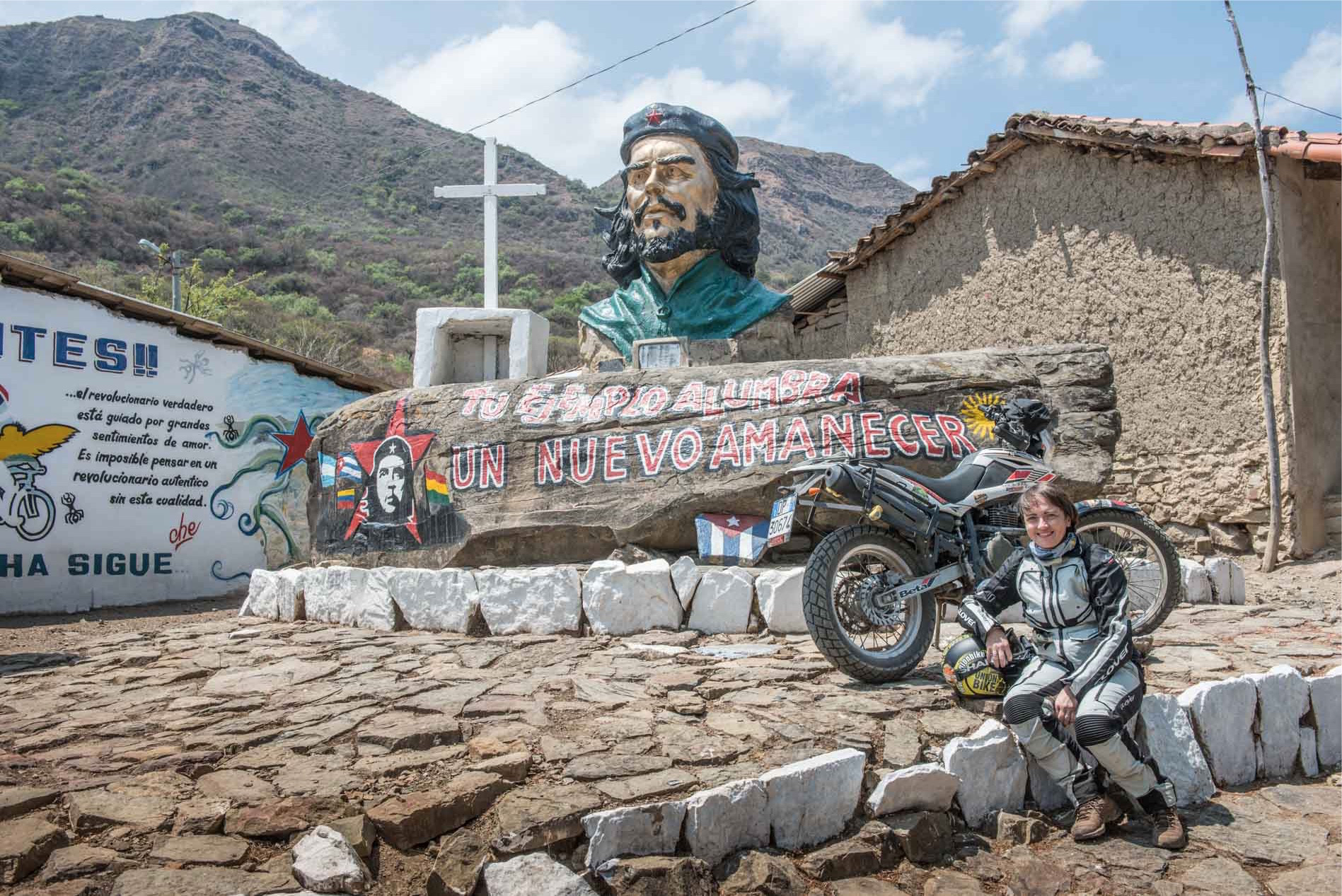
Subsequently, we visit the school, today largely reconstructed that it was both the jail and the place where Che Guevara was assassinated. Today, the school has been transformed into a museum, many photographs are displayed and above all there are many inscriptions made by Che Guevara’s sympathetic visitors.
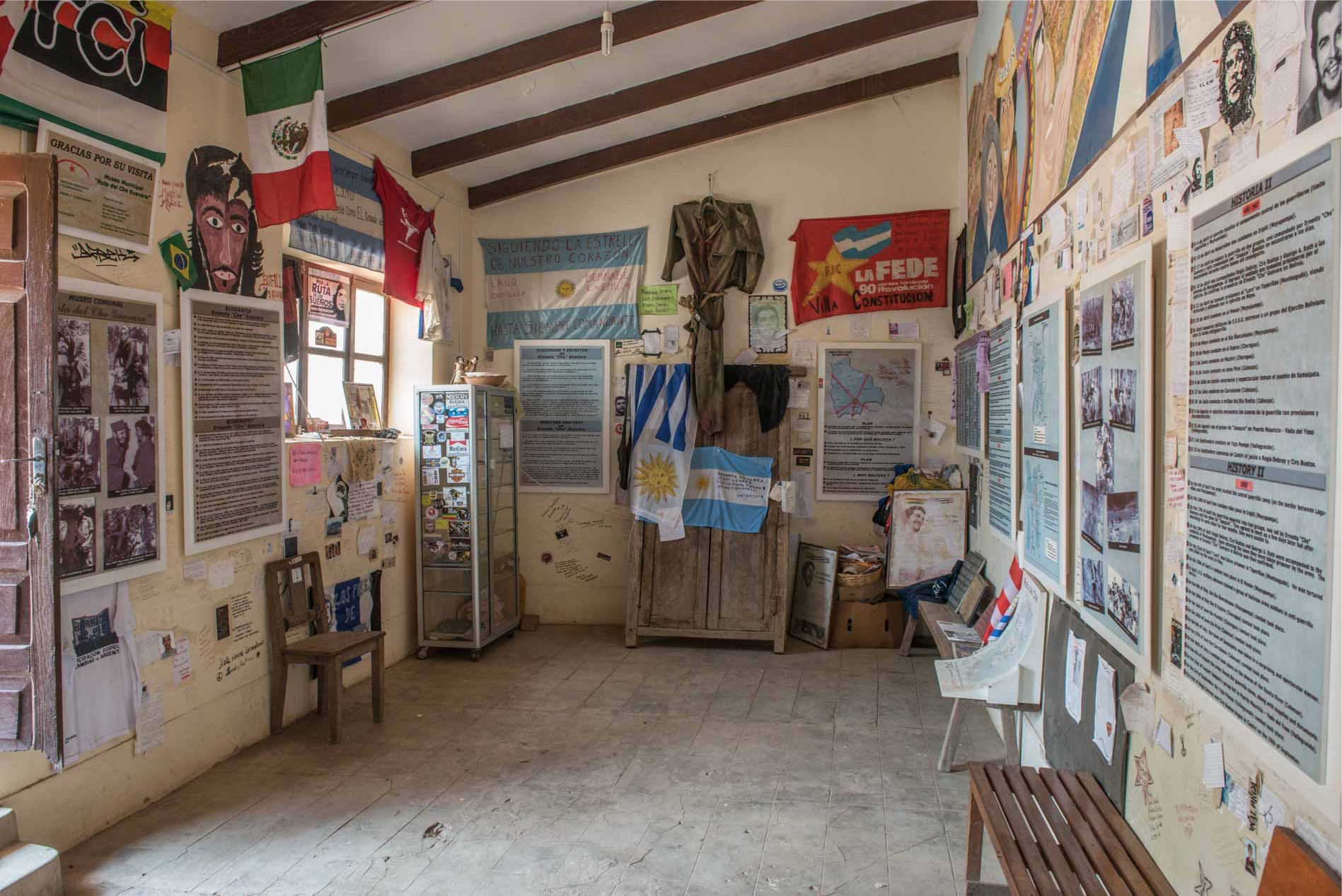
Just outside the school is a small house transformed into a restaurant that took the name of revolutionary Argentina Tania, a woman who helped Che Guevara in the settlement in Bolivia.Here at La Higuera still lives Ms. Julia Cortez, a teacher who was the last to give Che Guevara a meal before her death. It is said that Che, confined to school before being shot, when he saw him scolded that he had badly written the corner word on the chalkboard: “Missing the accent!” She would have told her. But the legends are known, they quickly mature!
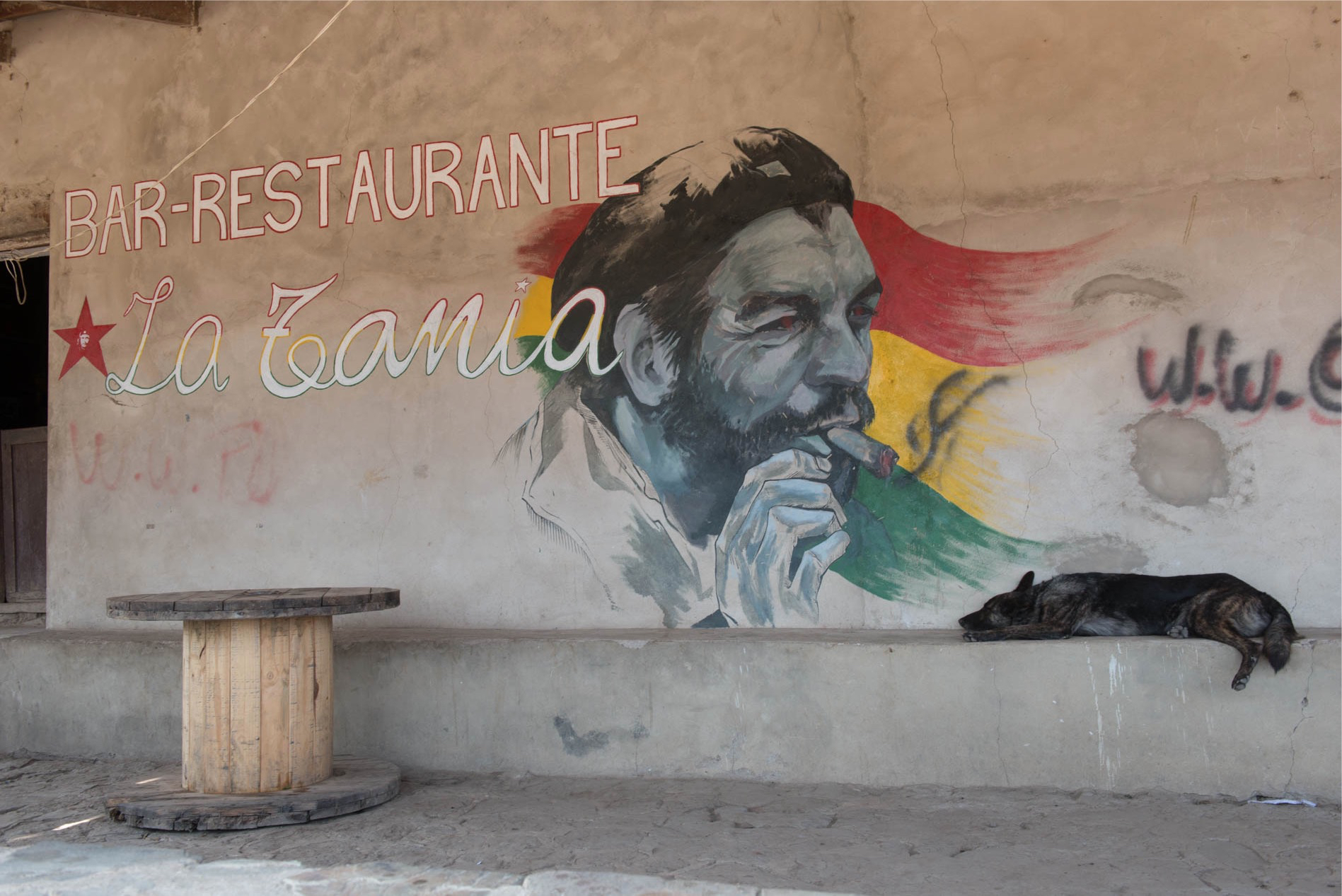
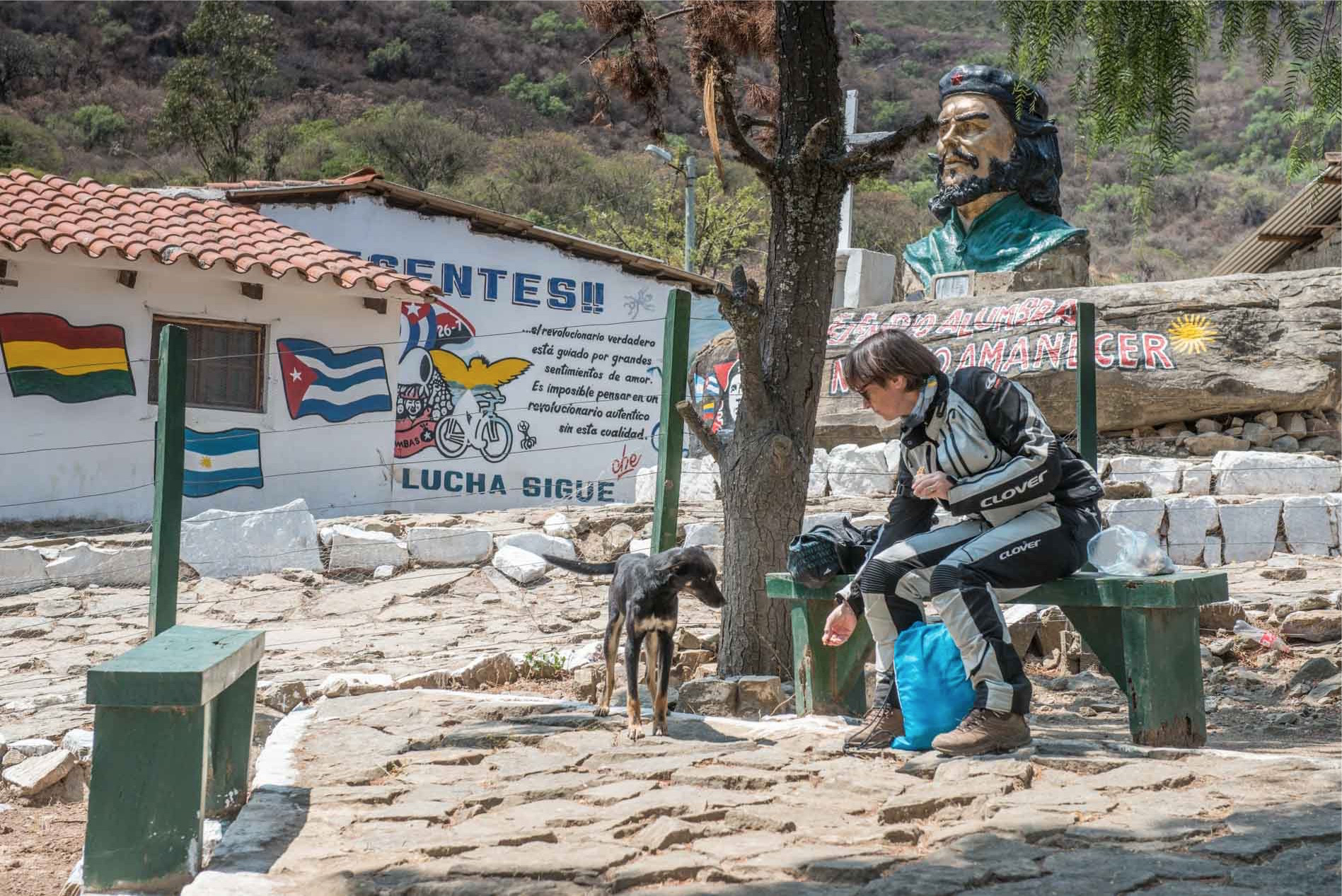
It’s time to leave the Higuera, where we realized that the spirit of Che and all the legends that revolve around them are kept alive by the villagers. We resume the way back to Vallegrande, where the body of the revolutionary was transported to be seen to the whole world. The photographs of her face-to-face helped further fuel Che’s myth in the years to come.
